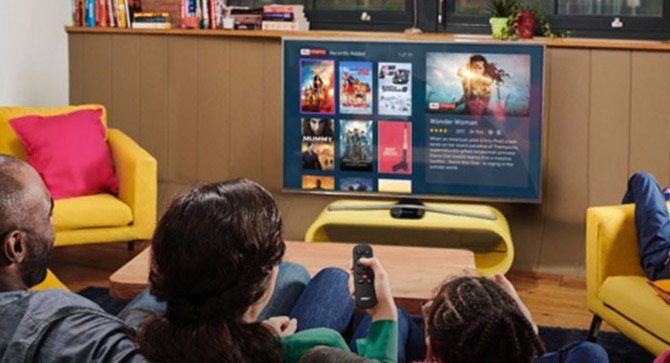Subscription-Based TV Programming Growing in Stature
Subscription TV services are becoming increasingly commonplace all over the world, with consumers choosing to pay either a recurring or pay-as-you-go fee for streamed video content.
Traditionally, people would either watch their movies at the cinema, on TV or by purchasing a DVD, however there are many services now offering a selection of content on a subscription or on-demand basis.
People are also demanding more than just movies and now want to have access to their favourite TV shows as well.
This was found in a new GfK report, which defines the actual viewing habits and preferences of 500 subscribers to online video content providers.
Some 81 per cent of 2,300 viewing segments mentioned by respondents were for TV shows, compared to just 19 per cent for movies. TV programmes dominated films by a factor of two to one, in terms of total viewing time.
The average time for each movie was much greater than TV, although this was easily offset by the much higher number of programs viewed.
Interestingly, about half of the streaming segments were watched on a TV set connected to the internet, either through a game console, Blu-ray player, streaming box, or a built-in connection. Consumers are now watching their video content on a multitude of devices and broadcasters are having to move much of their offerings online in order to accommodate this.
The study found these streaming services do not appear to be eroding cable or satellite TV subscriptions and are being consumed on top of them. People now have a varied range of platforms from which they consume their content and the rise of mobile devices has only exacerbated this further.
David Tice, Senior Vice-President of Media and Entertainment at GfK, said: “We see that, contrary to broadcast TV’s ‘mass’ audience model, streaming services generate episodic, niche viewing – more broad and unpredictable than even the 200 channels on your cable TV menu. These services provide the control and multiplicity of choice that consumers crave, and the result is very individual behaviour.”
 us
us 






 Posted by MPP Global on
Posted by MPP Global on


